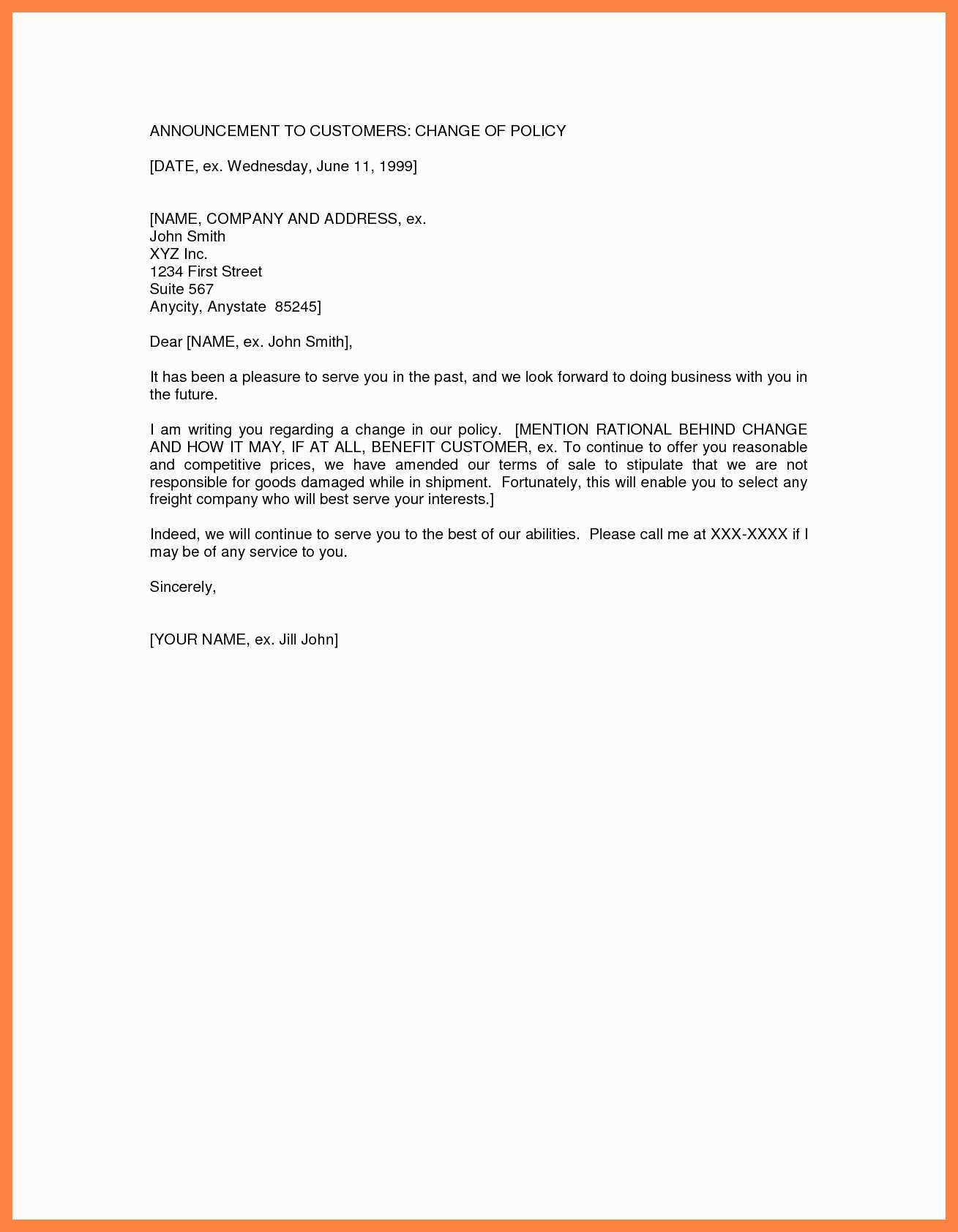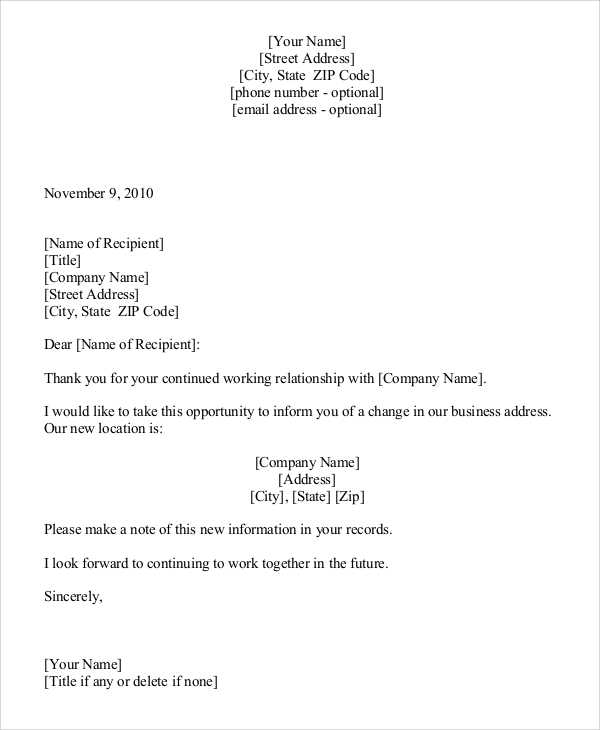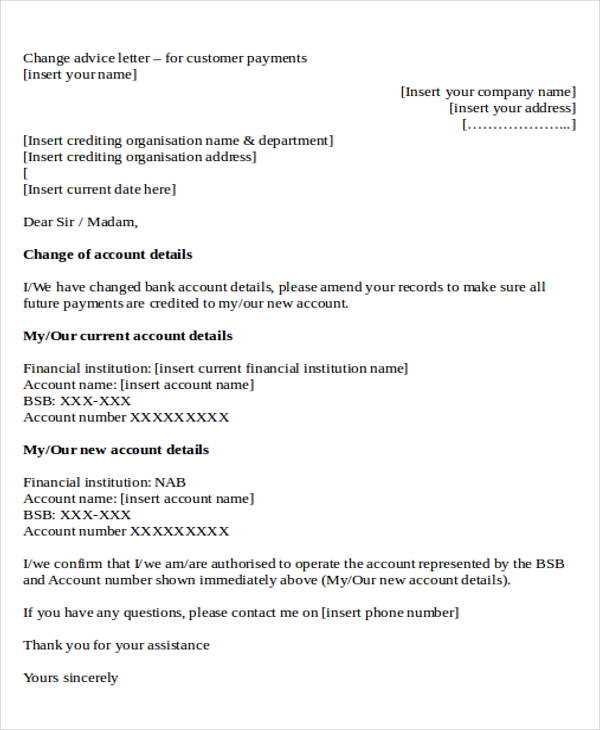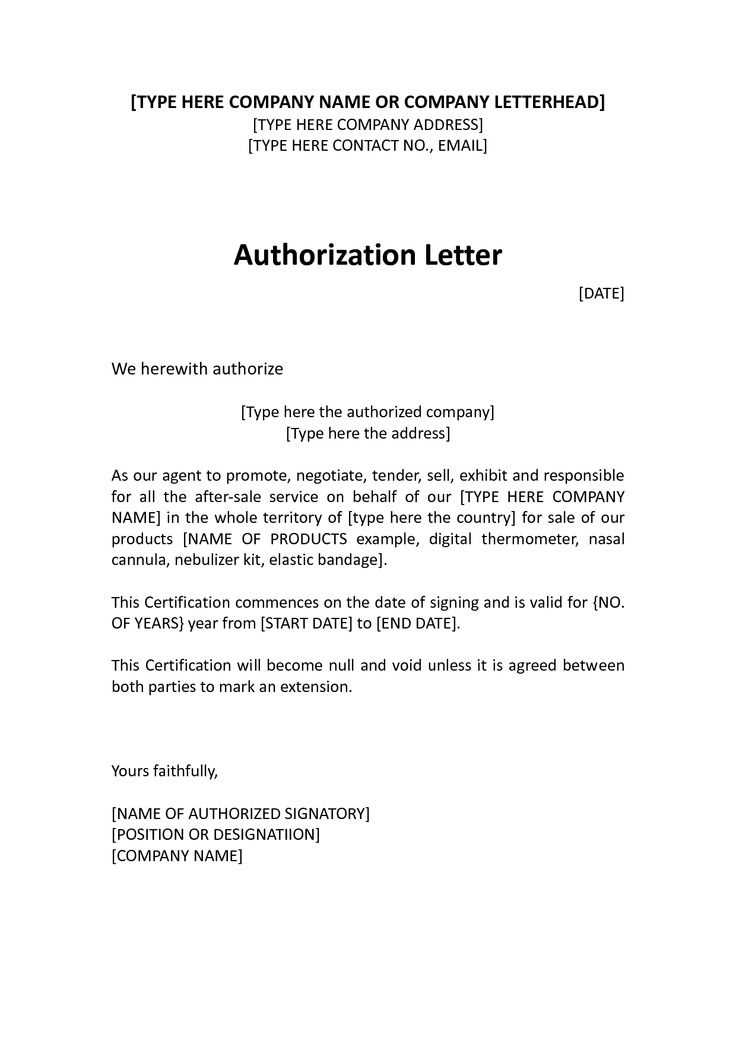How to Write a Company Name Change Letter Template

When a business decides to rebrand or shift its identity, it’s crucial to notify all relevant parties about this important adjustment. This ensures that clients, partners, and stakeholders are informed promptly, minimizing confusion. An official communication should be sent to explain the shift clearly, outlining the new details and maintaining a professional tone throughout.
Essential Elements of the Notification

In an official communication regarding the rebranding, it’s important to include the following details:
- New Identity Information: Clearly state the updated business identity.
- Reason for the Change: Briefly mention the rationale behind the transformation.
- Effective Date: Indicate when the change will take place and when the new identity will be in use.
- Contact Information: Provide details for further inquiries or clarification.
When to Send the Notification

It is recommended to send the official communication as soon as the rebranding decision is finalized. A timely message will give everyone enough time to update their records and ensure smooth transitions. Ideally, this should happen a few weeks before the change is officially implemented.
How to Address the Recipients

When addressing the recipients, always use a professional tone. For clients or partners, use personalized greetings, ensuring that the message feels tailored to the recipient. For broader audiences, such as the general public or industry groups, a more formal approach is suitable.
Avoiding Common Mistakes

To ensure that the notification is clear and effective, avoid these common pitfalls:
- Vagueness: Avoid being ambiguous about what is changing and why.
- Delays: Don’t wait too long before informing those who need to know.
- Overcomplicating the Message: Keep the language straightforward and to the point.
By following these guidelines, you can ensure a smooth communication process and foster understanding and trust with your contacts during this transition period.
Understanding the Importance of Business Identity Notifications
Notifying key individuals and organizations about an updated business identity is a vital step in ensuring smooth transitions. Effective communication ensures that everyone affected is aware of the adjustment and can update their records or expectations accordingly. Without clear and timely notifications, there could be confusion, missed opportunities, or delays in important interactions.
Key Elements of a Business Identity Update Notice
An official notification should cover specific details to make sure all recipients understand the changes. This includes clear identification of the updated brand, a reason for the adjustment, and the date when the new identity will be in effect. Additionally, it’s important to provide contact information in case there are questions or concerns about the change.
How to Address Recipients in Your Communication
When crafting your message, ensure the tone is professional and appropriate for the recipient. Personalized greetings are best when addressing clients or business partners directly, while formal language may be more suitable for larger groups or general announcements. Adjust your approach to the relationship you have with the audience to maintain clarity and respect.
Timing for Sending an Identity Update Notification
The timing of this communication is crucial. It is recommended to send out the notification well in advance, ideally a few weeks before the change is officially implemented. This gives recipients sufficient time to adapt to the new details and update their information as necessary. Early notifications help to prevent any confusion or disruption in business operations.
Common Errors to Avoid in Your Notification
It’s essential to be clear and concise when informing others about the change. Avoid vague language that leaves the recipient guessing. Do not delay sending the notice or overcomplicate the message with unnecessary details. Ensure the information is easy to understand and free of ambiguity.
Legal Aspects of Modifying a Business Identity
Along with notifying stakeholders, there may be legal steps required when adjusting your business identity. This could include updating registrations, trademarks, and other official documents. Be sure to consult legal professionals to ensure that all necessary legal actions are completed and that the new identity is properly recognized.